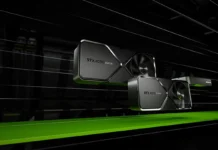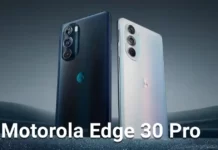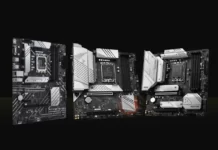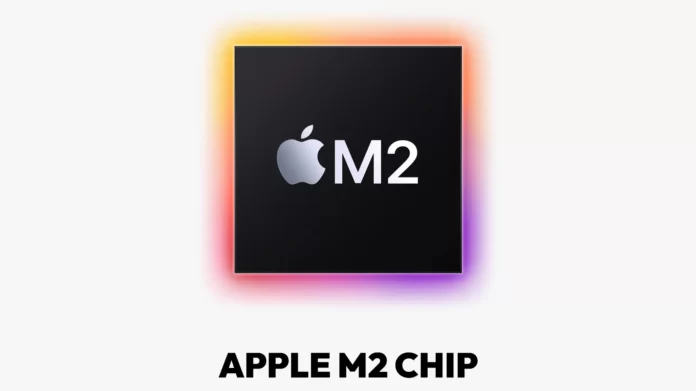Today, Apple declared its Apple Silicon M2 processors; speaking about the processor, it claimed that the new second-generation chips would provide up to 18% more performance in indefinite multi-threaded CPU-based functions, while the restored 10-core GPU gives up to 35% more performance in the indefinite graphics workloads. Apple also strikes the highest memory power, up to 24GB of LPDDR5. In addition, the next-generation 16-core neural engine is 43% quicker than its precursor and can practice up to 15.8 trillion functions per second.
The new M2 chips produce with a microchip on a second-generation 5nm process, apparently TSMCs N5P, and have 20 billion transistors. The first M2 processors will be introduced in the MacBook Air and the MacBook Pro, which will probably be available from next month.

The Arm-powered Apple Silicon chips have reactivated the company’s PC products with the renowned M1, M1 Pro, M1 Max, and M1 Ultra chips, allowing the company to combine with Intel processors and shift toward the latest advanced chip production technology and the Arm
micro architecture. Following the trend constantly as Apple shifts to the second-generation 5nm process. It offers a more performant chip architecture that observes improvement in all key architectural components.
Apple M2 Processor and Apple M1 Processor Specs difference
| Apple Silicon M2 CPU | Apple Silicon M1 CPU | |
| Performance Cores | 4 | 4 |
| Efficiency Cores | 4 | 4 |
| Transistors | 20 Billion | 16 Billion |
| Core Architecture (P- / E-Core) | Avalanche / Blizzard (not confirmed) | Firestorm / Icestorm |
| Memory | 24 GB of LPDDR5 (100 GB/s) | 16GB of LPDDR4X-4266 (68 GB/s) |
| Shared L2 Cache (P- / E-Core) | 16 MB / 4 MB | 12MB / 4 MB |
| Instruction Cache (P- / E-Core) | 192 / 192 KB | 192 / 192 KB |
| Data Cache (P- / E-Core) | 128 / 64 KB | 128 / 64 KB |
| Neural Engine | 15.8 TOPS | 11 TOPS |
Apple M2 Processor
The M2 processors drive eight CPU edges, the same as their precursors, with four high-performance and four competence edges. The M2 chip comes out to be based on the A15 Avalanche+Blizzard architecture with ARMv8.5-A and not Armv9. The high-performance edges
have a beefed-up supply, with 16MB of shared L2 supply matching M1’s 12MB L2. The four competence edges have an effective supply capacity of a chain of orders compared to the M1 processors.
As per all the functions a seller claims, you should take it as a salt particle. As you can see in the mentioned detail, Apple ensures that the combination of these CPU edges gives up to 18% more performance than the M1 in an indefinite multi-threaded CPU workload. The 18% performance enhancement is not the problem-solving of improved instruction per cycle (IPC) throughput.
These unidentified strings standard also does not tell us which group of an edge is efficient or offers high-performance, but this thread contributes to increasing the level of performance. The performance cores (P-cores) manage latency-sensitive work for high-performance applications, while four competence edges (E-cores) walk-in for circumstances and strings workloads. It is common information that the A15 architecture’s E-edges supply a larger performance raise than the P-edges, so we can see muffled profits with the M2 within lightly-threaded work.
The company is also ensuring that the M2 chips give 1.9X the performance of a 10-core Intel Core i7-1255U processor with 16GB of memory. Still, both chips contain a similar power limit, not at the highest performance. Apple also has declared that the M2 provides the same higher performance as the 10-core chip but at 1/4th the power. Moving up to a 12-core Intel Core i7-1260P, Apple ensures that it supplies 87% of the highest performance while using 1/4th of the power.
Apple M2 GPU and Apple M1 GPU Specs difference
| Apple Silicon M2 GPU | Apple Silicon M1 GPU | |
| Cores | 10 Cores | 8 Cores |
| Teraflops | 3.6 | 2.6 |
| Gigatexels/Second | 111 | 82 |
| Gigapixels/Second | 55 | 41 |
Apple M2 GPU
The GPU also seems reconstructed, which means it has increased its edges from the eight edges on the M1 chips to ten cores. The company says it contributes to the benefit of 35% in GPU performance, again with an indefinite workload. The M2’s GPU is specified at 3.6 teraflops, a
sizeable 38% raise over the 2.6 teraflops from the M1’s GPU.
The media engine favors up to 8K H.264, HEVC, has ProRes encode/decode, and characteristics enhanced bandwidth which permits it to play back many 4K and 8K torrents. While earlier, the chip only favors two displays, with one external up to a 6K resolution. Moreover, the company has done earlier users expecting the company to introduce different M2 models with changeable numbers of GPU edges.
The company has declared that the M2’s GPU brings up to 25% more performance within the same strength as the M1 and up to 35% more at the highest power. Furthermore, with an irrelevant comparison, Apple compared its GPU to a Core i7’s incorporated GPU that is not
intended for any crucial work. The company guarantees a 2.3X benefit over Intel’s iGPU within the similar power and similar highest performance at 1/5th.
Apple provides the CPU and the GPU with up to 100 GB/s of memory bandwidth via up to 24GB of on-package LPDDR5 memory, a 50% rise in bandwidth above the earlier generation of M1 chips. So as it drives politeness of the step up to LPDDR5 above the M1’s LPDDR4X. The
M2 also has a 50% rise in memory power. The LPDDR5 memory speaks across a 128-bit wide bus.
Particularly, silicon for hardware increased speed workloads is becoming more attractive in all chips, and Apple has also made inroads here. For example, Apple ensures that its next-generation 16-edge neural engine is 43% quicker than its precursor, processing up to 15.8 trillion functions per second compared to the M1’s 11 trillion functions. Unexpectedly, Apple carried out more work with a similar number of neural cores as originates on the M1, characteristics the enhanced performance to architectural improvement. On the other side, we don’t know if Apple ruined more die areas in these units to increase performance.

The company is moving toward a more updated mode than Intel, and AMD carries the move from the first-generation TSMC 5nm process with the M1 to the second-generation 5nm process, apparently TSMC’s N5P. Apple spreads the M2 design across 20 billion transistors and a 25% enhancement above the M1 processor.
As you have analyzed from the above description, the M2 processor is also superior to its precursor. The need for that N5P doesn’t drive with density improvements, and Apple included two more GPU edges. Still, other modifications in the design, such as adding smaller functional
units, come out to have given a chip nearly 18% larger.
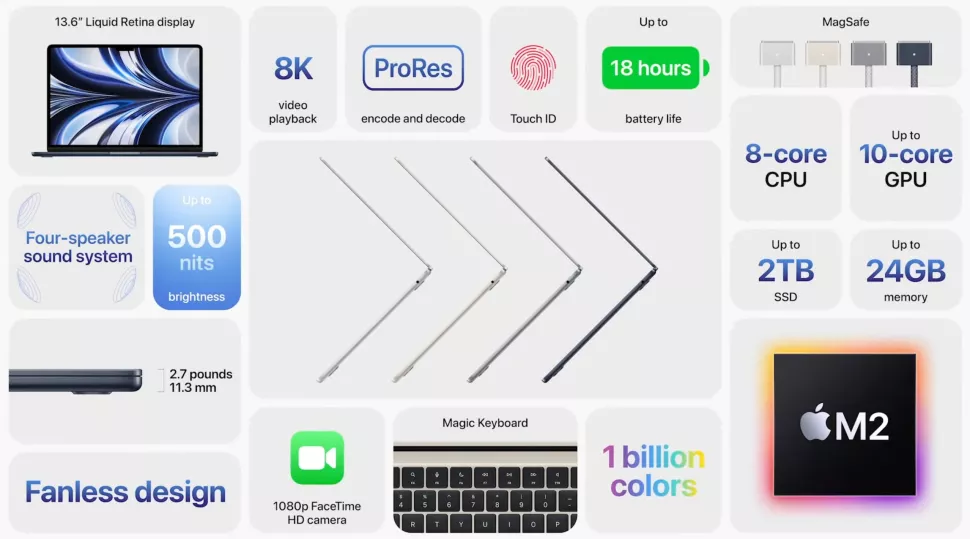
Compared to the TSMC N5 process found in the M1, the N5P process is said to be 7% quicker within the similar power or decrease the power utility at the same clocks by 15%. Apple will cover these chips in the MacBook Air and MacBook Pro chassis, with the previous
coming as a fanless structure. In the end, features will provide an active cooling solution, allowing higher performance in more challenging workloads. The Air and the Pro will be launched in July, but the company has not declared any specific date for the launch.
The enhanced performance from the M2 seems in line with the expanded transistor budget and die area. The M2 cannot have as much of a stellar performance-per-watt ratio as its precursor. Furthermore, the CPU performance statistics advertised by Apple don’t look pretty worthy as users have assumed. It is not shocking because the company has selected most of the low-hanging architectural fruit with first-generation chips. It is also advantageous from the step to a much newer and compact process node.
Presently, the comparatively small step from the N5 process node to N5P carries smaller performance and power gains while not contributing a mass increase, and the micro-architectural benefits’ seem much slimmer from afar. As always, the final thought drives by third-party standards.
Check out more:
- Top 5 best wireless gaming keyboards in 2022
- Top 5 gaming laptops in 2022
- Top 5 PC Cabinets in 2022
- Top 5 PCIe 4.0 SSD for gaming in 2022
- Top 5 AMD Motherboards in 2022
- Best 5 gaming headsets in 2022
- Top 5 Gaming CPUs in 2022: First Quarter of 2022
- Top 5 Best gaming monitors in 2022
- Top 5 best power supplies for gaming in 2022
- Top 5 Best Graphics Cards for Gaming in 2022
- Top 5 best gaming PC in 2022
- Top 5 Best Intel B660 Motherboards in 2022
- Top 5 Best lightweight gaming mouse in 2022
- The top 5 best FreeSync monitors in 2022
- Top 5 Best Budget B660 Motherboards (DDR4 Variant)
- Top 5 Best AMD B550 Motherboards in 2022

